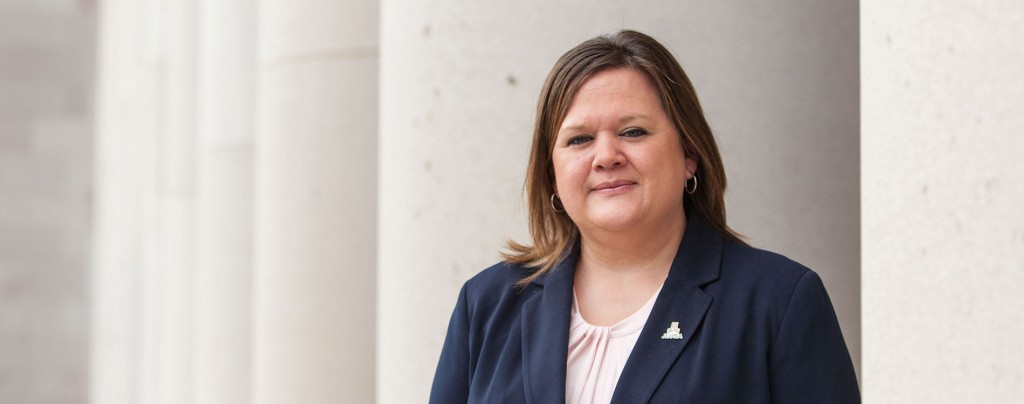Page 12 • (124 results in 0.071 seconds)
-
communities, which is located in Capulálpam, the largest of the four. Although UZACHI focuses on many different projects within the communities, such as wildlife monitoring, protection of biologically significant ecosystems, targeting of specific species (such as creating artificial perches for bird species), and their largest, and the one I will focus on here, is logging and forest conservation. It is worth noting that like most other indigenous communities in Oaxaca, these communities have a local
-
experiences of others are invited, welcomed, acknowledged, and respected in inclusive environments. Equity is the ability to recognize the differences in the resources or knowledge needed to allow individuals to fully participate in society, including access to higher education, with the goal of overcoming obstacles to ensure fairness (Kranich, 2001). To have equitable systems, all people should be treated fairly, unhampered by artificial barriers, stereotypes, or prejudices (Cooper, 2016). Two related
-
: PSYC 101. (4) PSYC 335 : Cultural Psychology - GE The study of the relation between culture and human behavior. Topics include cognition, language, intelligence, emotion, development, social behavior, and mental health. Prerequisite: PSYC 101. (4) PSYC 337 : Culture and Health This course explores the role of culture on health issues around the world from a psychological perspective. Theories from health psychology, and secondarily from medical anthropology and medical sociology, are used to
-

about – comfort zones, authenticity, emotional intelligence, self-awareness, fear, essential self, social self.” Wagstaff was a fresh-faced 17-year-old high school senior from Hoonah, Alaska, when she simultaneously entered PLU as a first-year student, thanks to an early enrollment program. The Parkland university’s population was three times the size of her town. The kid who grew up in a singlewide trailer with two siblings had been homeschooled by her mom while her dad worked away from home for
-
new concepts I had been learning about – comfort zones, authenticity, emotional intelligence, self-awareness, fear, essential self, social self.” Wagstaff was a fresh-faced 17-year-old high school senior from Hoonah, Alaska, when she simultaneously entered PLU as a first-year student, thanks to an early enrollment program. The Parkland university’s population was three times the size of her town. The kid who grew up in a singlewide trailer with two siblings had been homeschooled by her mom while
-

, Bungie Process Engineer, Boeing Project Engineer, Landmark Properties, Inc Electromagnetics Effect Engineer, Boeing Plasma Etch Process Engineer, Hitachi High-Tech America, Inc. Opto-Mechanical Engineer, ESI an MKS Brand Systems Engineer, Raytheon Intelligence and Space Graduates from the last last 5 years: Their graduate programs Ph.D. in Physics, Idaho State University Master of Science in Physics, Iowa State University Master’s in Engineering Physics/Applied Physics, University of Oregon Graduate
-

times, Simmons knew she was academically gifted. “One area where I had control in my life was where I performed academically,” she said. “I put all my energy into performing well.” She fondly recalls a PLU nursing professor giving her a copy of a book titled “Emotional Intelligence,” to help her navigate the soft skills she struggled with due to a lack of cultural capital. Still, Simmons had trouble keeping jobs and internships; in hindsight, she chalks it up to a lifetime of trauma she never
-
bachelor’s degree. Even though she felt out of place at times, Simmons knew she was academically gifted. “One area where I had control in my life was where I performed academically,” she said. “I put all my energy into performing well.” She fondly recalls a PLU nursing professor giving her a copy of a book titled “Emotional Intelligence,” to help her navigate the soft skills she struggled with due to a lack of cultural capital. Still, Simmons had trouble keeping jobs and internships; in hindsight, she
-
course is roughly divided into three portions. The first portion deals with basic physical elements that must be part of our design: propulsion, energy, artificial gravity. The second investigates the life support systems: How will we feed the ship’s crew and recycle air and water? The last looks at our on-ship industry: How will we maintain our ship’s machinery and build other items needed in our daily life? IHON 260: The Red ViolinThis section of The Arts in Society will examine the role of music
-
as students at Lincoln High. The stark socioeconomic differences between the two high schools seem to create a negative stereotype about the students who attend schools in poorer areas. It is damaging and wrong, Cushman says, to assume that students at Lincoln are “misbehaved” simply because of the school’s location and resources. “I would challenge any citizen in Tacoma to walk into the classrooms of our city and listen to insight and intelligence of our young people,” Cushman said. He says he
Do you have any feedback for us? If so, feel free to use our Feedback Form.


